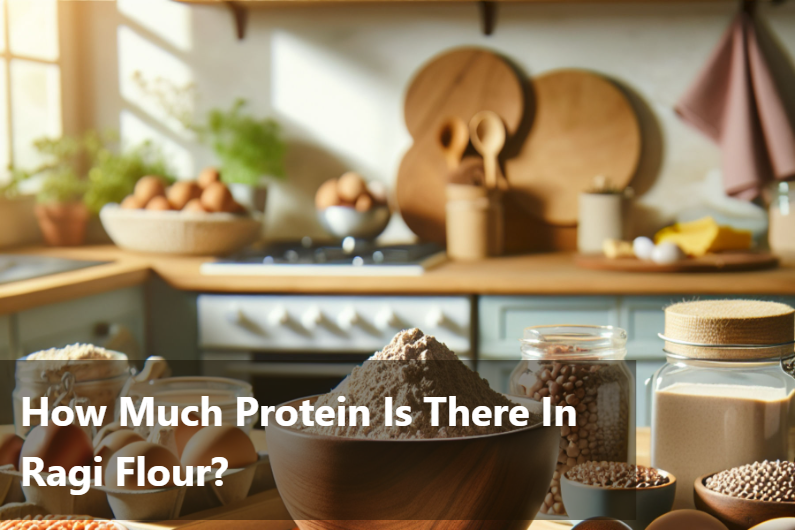
How Much Protein Is There In Ragi Flour?
Ragi flour, also known as finger millet flour, is derived from the ragi grain, which is a popular staple in South India. This nutritious flour is gaining recognition worldwide for its outstanding health benefits, especially its high protein content.
In comparison to other commonly used flours, ragi flour stands out due to its impressive protein composition, making it an excellent choice for individuals looking to boost their protein intake. With essential amino acids like lysine, this flour contributes to muscle growth and repair, making it a valuable addition to any diet.
It is also extremely versatile in numerous culinary applications. From making fluffy pancakes to crispy dosas, this flour adds a unique nutty flavor to dishes while providing a healthy dose of protein.
Moreover, the gluten-free nature of ragi flour makes it suitable for individuals with gluten sensitivities or celiac disease. This characteristic has further contributed to its popularity as a wholesome alternative to traditional flours.
Nutritional Profile of Ragi Flour
Essential Nutrients |
Ragi Nutritional Value per 100g |
Ragi Calories |
455 Kcal |
Total Fat |
3.4 g |
Trans Fat |
0 g |
Sodium |
4.8 mg |
Carbohydrates |
80 g |
Potassium |
267 mg |
Sugars |
0.6 g |
Dietary Fiber |
2.7 g |
Ragi Protein |
13 g |
Vitamins |
Thiamine (5%), Riboflavin (7.6%), Niacin (3.7%), Vit C (7%), Vit E (4.6%) |
Calcium |
1.3% |
Iron |
26% |
This ancient grain is overly packed with nutritional value, making it a popular choice for health-conscious individuals.
One of the key components that makes ragi flour a nutritional superstar is its high protein content. Protein is essential for various bodily functions, including muscle building, repair, and overall health. Ragi flour offers a plant-based source of protein, making it a valuable addition to vegetarian and vegan diets.
In addition to protein, ragi flour is rich in essential amino acids, iron, calcium, and fiber. These nutrients provide support overall health and well-being. Iron is crucial for oxygen transport in the body, calcium is essential for strong bones, and fiber aids in digestion and helps maintain a healthy weight.
Including ragi flour in your diet can help you meet your daily protein requirements and boost your overall nutrient intake.
Comparison with Other Flours
Ragi flour, also known as finger millet flour, stands out for its impressive nutritional profile, particularly its high protein content. When comparing the protein content of ragi flour with other commonly used flours, such as wheat flour and rice flour, the benefits of incorporating ragi into your diet become evident.
One key aspect that sets ragi flour apart is its significantly higher protein content similar to high protein atta. Ragi flour offers a substantial protein boost compared to wheat flour. Rice flour, on the other hand, has even lower protein content.
Incorporating ragi flour into your meals can be a simple yet effective way to increase your protein intake while reaping the nutritional benefits unique to this ancient grain. Whether used in baking, as a thickening agent in soups and stews, or as a base for nutritious porridge, ragi flour provides a versatile and nutrient-packed alternative to traditional flours.
Ways to Incorporate Ragi Flour into Your Diet
- Ragi flour can be a versatile and nutritious addition to your diet. One way to incorporate it is by using it as a replacement for regular flour in baking. You can swap out a portion of all-purpose flour with ragi flour in recipes for bread, muffins, or pancakes to increase the protein content.
- Another delicious way to include ragi flour in your meals is by making ragi roti or dosa. These traditional Indian dishes can be easily made by mixing ragi flour with water and other ingredients like salt and spices to form a dough, which is then flattened and cooked on a pan. This simple yet flavorful dish packs a protein punch.
- For a healthy and protein-rich snack, you can prepare ragi energy bars by combining ragi flour with nuts, seeds, and sweeteners like honey or maple syrup. These bars are perfect for a quick and nutritious energy boost during the day.
- Additionally, you can blend ragi flour into smoothies or shakes for a creamy texture and an added protein boost. Simply mix ragi flour with fruits, milk or yogurt, and a zero sugar sweetener of your choice to create a satisfying and nutritious beverage.
- By incorporating ragi flour into your diet through these creative and delicious ways, you can enjoy the benefits of its high protein content while enhancing the nutritional value of your meals.
- Incorporating ragi flour into your meals can enhance your protein intake while also reaping the benefits of other essential nutrients like iron, calcium, and dietary fiber. Whether you use it in baking, cooking porridge, or preparing delicious pancakes, ragi flour offers a wholesome way to boost your overall nutrition and well-being.
By incorporating ragi flour into your daily cooking, you can elevate the nutritional value of your meals and support a balanced and healthy diet. Embrace the goodness of ragi flour and experience its positive impact on your overall well-being.
This Blog post is an initiative by Lo Foods, to provide accurate and Nutritionist / Doctor approved information related to Health. Lo Foods is India's leading brand for Everyday Functional Foods. Foods designed for specific Health conditions or Needs. Lo Foods also runs India's largest range of Low Carb Healthy Cloud Kitchens, under the brand names of Lo!, ProteinChef, ATH (All Things Healthy) and DiabeSmart.





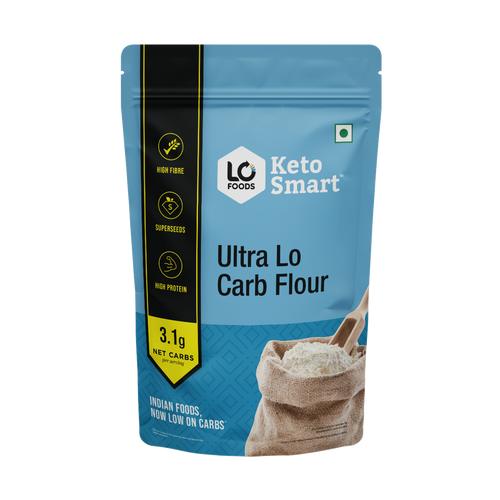
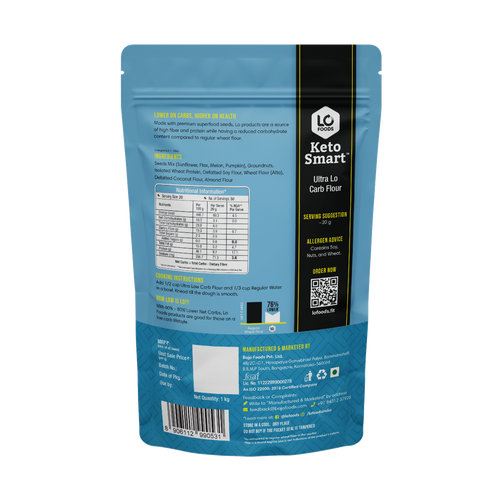

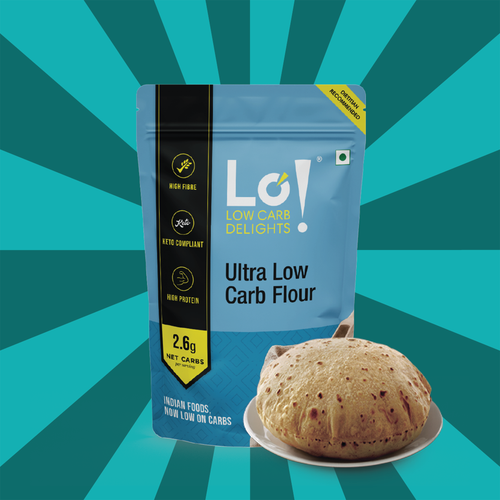


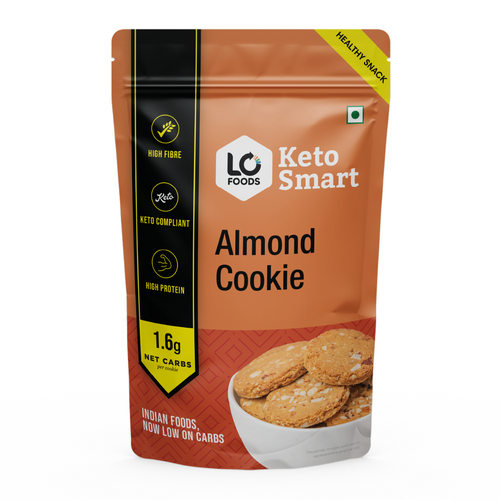





Leave a comment
Your email address will not be published.